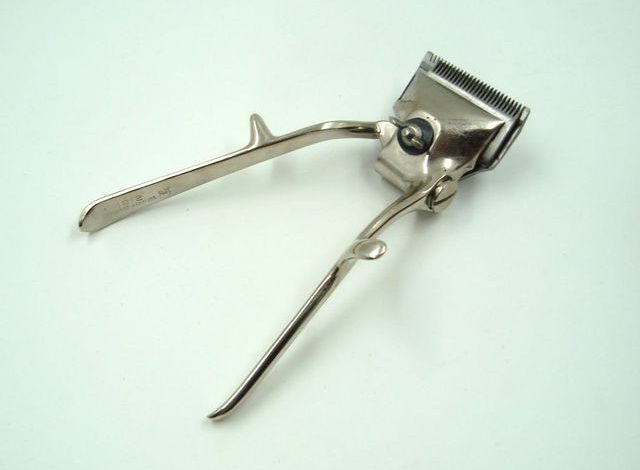
ADVERTISEMENT
The Legacy of Vintage Manual Hair Clippers: A Barber’s Essential Tool
ADVERTISEMENT
**Introduction**
Before the advent of electric hair clippers, manual hair clippers were the cornerstone of grooming for men. These iconic tools, often made of durable metal, were prized for their simplicity and effectiveness. This article explores the history, design, and enduring appeal of manual hair clippers.
**History**
Manual hair clippers emerged in the late 19th century and quickly became indispensable in barbershops worldwide. Their invention revolutionized personal grooming, offering a quicker and more precise method than scissors alone. Barbers relied on these tools to create the crisp, clean styles that were popular at the time.
**Design and Functionality**
ADVERTISEMENT
The design of manual hair clippers is both straightforward and ingenious. Featuring two rows of sharp teeth, the top row moves back and forth when the handles are squeezed, cutting hair efficiently. This scissor-like motion allowed for precise control, making it easier to achieve a uniform cut. Crafted from sturdy materials like stainless steel, these clippers were built to last, often passed down through generations.
**The Barber’s Artistry**
Using manual clippers required skill and dexterity. Barbers developed a deep understanding of the tool’s nuances, mastering the art of consistent pressure and rhythm. This expertise allowed them to execute intricate haircuts and styles with finesse. Even today, some traditional barbers prefer manual clippers for their tactile feedback and precision.
**A Vintage Revival**
In recent years, there has been a resurgence of interest in vintage grooming tools. Enthusiasts and collectors appreciate manual hair clippers for their historical significance and craftsmanship. Some barbers even incorporate them into their practice as a nod to tradition and authenticity.
ADVERTISEMENT
**Maintenance and Care**
Caring for manual hair clippers involves regular cleaning and oiling to ensure smooth operation. This maintenance routine not only preserves the tool’s functionality but also extends its lifespan. Many vintage clippers found today are still in working condition, a testament to their robust construction.
**Conclusion**
The legacy of manual hair clippers is a fascinating chapter in the history of grooming. Their timeless design and reliability continue to captivate those who appreciate traditional craftsmanship. As we embrace modern conveniences, it’s essential to remember and honor the tools that laid the foundation for today’s grooming standards.
—
ADVERTISEMENT
This article provides insight into the historical significance and ongoing appeal of manual hair clippers, highlighting their place in grooming history.




